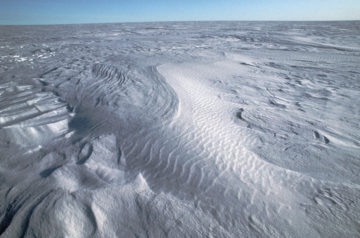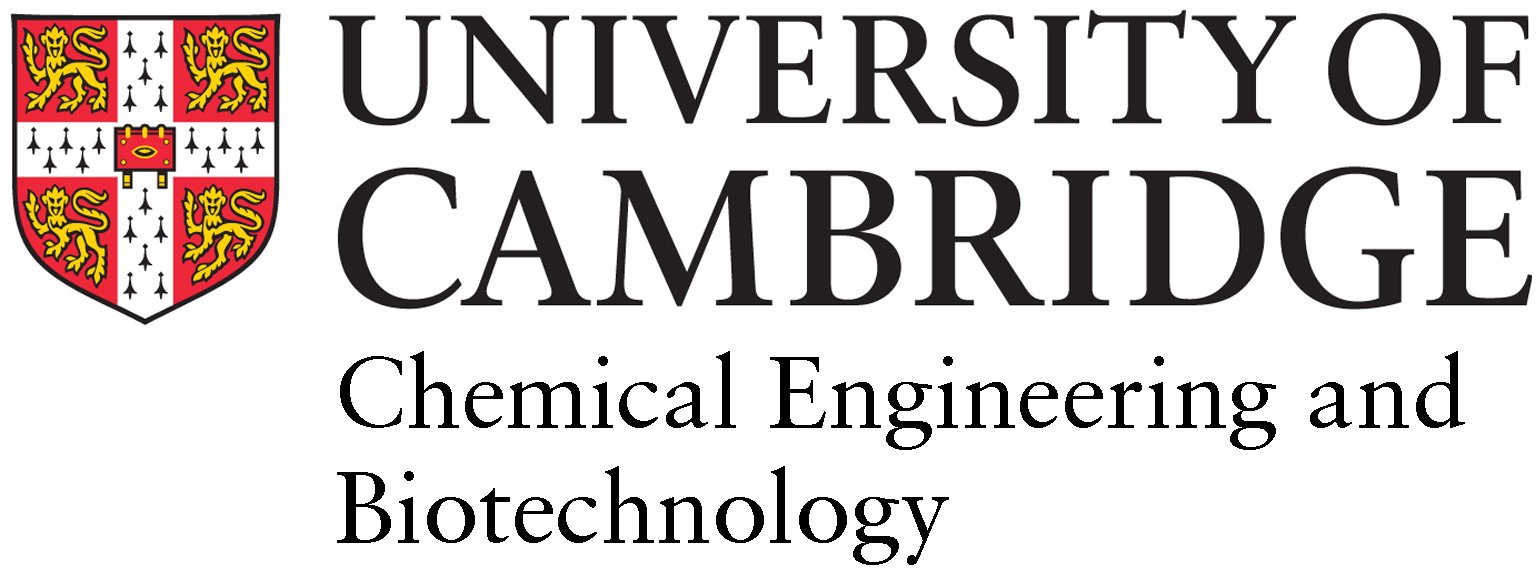Education
14 April 2021 – New analysis from global investors network the Investment Leaders Group (ILG) shows that the present disclosure of fund performance does not allow investors to understand and compare the alignment of funds with the Paris Agreement on climate change.
9 April 2021 – CISL Course Convenor Dimitri Zenghelis unpacks the three major climate change-related risks affecting organisations and illustrates the significant opportunities that will be gained from transitioning to a net zero carbon business model.

The post Two-timescale response of a large Antarctic ice shelf to climate change appeared first on British Antarctic Survey.

Shorthand Story: 6zt3LIyXDB Shorthand Story Head: Ghost Words: Reading the past Shorthand Story Body: Ghost Words: Reading the past TwitterFacebook A new virtual exhibition from Cambridge University Library (UL) is set to bring to life the hidden words buried in some of our oldest manuscripts – known as palimpsests. #ULghostwords Ghost Words examines the quest…
February 2021: Human population growth and overconsumption of resources are accelerating biodiversity decline and climate disruption. These trends can lead to climate induced mass migrations, pandemics, and resource conflicts which are threatening employment, healthcare, economic growth, and political stability. Scientists are calling for systems level changes and accelerated action on biodiversity loss and climate change…
February 2021: The Extractive Industries Transparency Initiative aims to increase publicly available data about environmental payments and to highlight needs for environmental policies that promote better natural resource and environmental management practices. Increased financial transparency in the extractive industries can be linked to significant reductions in carbon emissions.

Shorthand Story: sKMTELCFEd Shorthand Story Head: Redefining the Haber-Bosch loop /* Source hash: 49edd6822988fa47769042f6048dcd74 */ .InlineMedia a,.Theme-MediaSection .Theme-Layer-ResponsiveMedia-image>a{display:block;-webkit-transition:opacity .15s ease;transition:opacity .15s ease}.Theme-LinkedMediaRenderer{display:block}.InlineMedia a:active,.InlineMedia a:focus,.InlineMedia a:hover,.Theme-LinkedMediaRenderer:active,.Theme-LinkedMediaRenderer:focus,.Theme-LinkedMediaRenderer:hover,.Theme-MediaSection .Theme-Layer-ResponsiveMedia-image>a:active,.Theme-MediaSection .Theme-Layer-ResponsiveMedia-image>a:focus,.Theme-MediaSection .Theme-Layer-ResponsiveMedia-image>a:hover{cursor:pointer;opacity:.9}.Theme-HeaderContainer{font-size:18px}.Theme-HeaderContainer,.Theme-Story{font-family:”PT Serif”,serif;color:#333;-webkit-font-smoothing:antialiased;-moz-osx-font-smoothing:grayscale}.Theme-HeaderContainer ::-moz-selection{color:inherit;background-color:rgba(160,160,160,.55)}.Theme-Story ::-moz-selection{background-color:rgba(160,160,160,.55)}.Theme-HeaderContainer ::selection{color:inherit}.Theme-HeaderContainer ::selection,.Theme-Story ::selection{background-color:rgba(160,160,160,.55)}@media (min-width:900px){.Theme-HeaderContainer,.Theme-Story{font-size:18px}}@media (min-width:1100px){.Theme-HeaderContainer,.Theme-Story{font-size:20px}}@media (max-width:1400px){.Layout{width:auto}}@media (max-width:620px){.Theme-Layer-BodyText{width:100%}}.Theme-Layer-BodyText p,.Theme-Story p{display:block;margin-top:1.5rem;margin-bottom:1.5rem;line-height:1.7;font-family:”PT Serif”,serif;font-weight:400;font-size:inherit}.Theme-OverlayedCaption a,.Theme-Section-Dark .Theme-Caption a,.Theme-Section-Dark .Theme-Layer-BodyText a:not(.Theme-Layer-BodyText-Button),.Theme-Section-Dark .Theme-Layer-TextBlock-Inner a,.Theme-Section[class*=Theme-ForegroundColor] a:not(.Theme-Layer-BodyText-Button){text-decoration:none;border-bottom:1px dotted}.Theme-Caption a,.Theme-Layer-BodyText a:not(.Theme-Layer-BodyText-Button),.Theme-Layer-TextBlock-Inner a{text-decoration:none;border-bottom:1px dotted;color:#00a7cf}.Theme-OverlayedCaption a:hover,.Theme-Section[class*=Theme-ForegroundColor]…

Rock lobsters may have lived further north in the past, and may be vulnerable to climate change in the future, according to a new study published this month (March 2021). … The post Rock lobsters’ long-distance relationship appeared first on British Antarctic Survey.
Hosted by the Cambridge University International Law Society. Can we use international criminal law to tackle the climate emergency? What changes could be made to the International Criminal Court (ICC) to improve how it functions? Will the new U.S. President Joe Biden change America’s hostile stance to the ICC? These…
